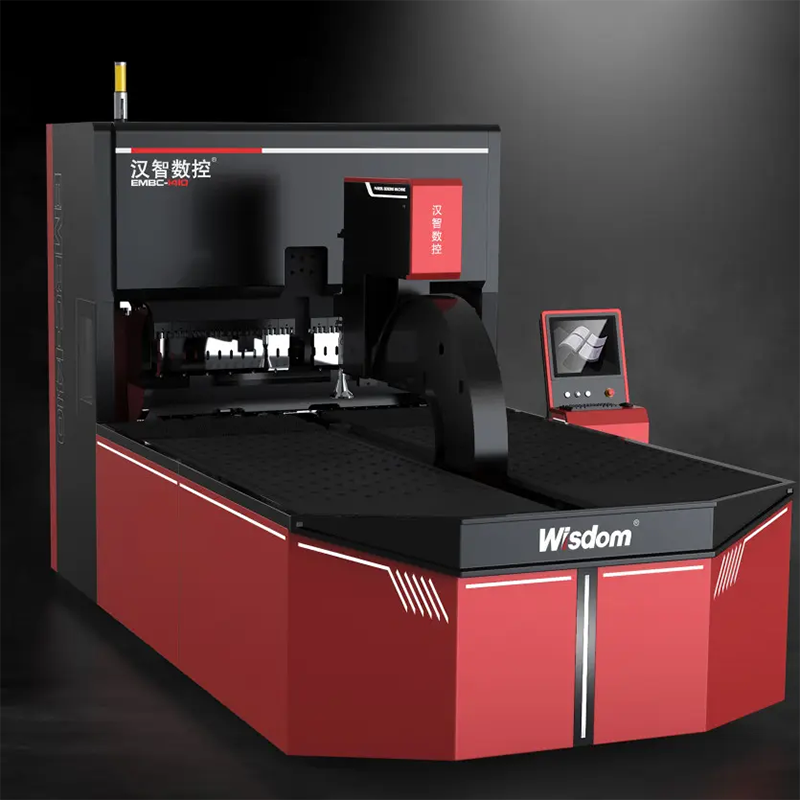Introduce
Sheet metal manufacturing has come a long way since its early days, which were characterized by hard manual labor. With the advent of technology, the industry has made significant advancements, especially in the sheet metal panel bending process. In this blog, we’ll explore the evolution of sheet metal panel benders, their role in precision engineering, and how they are revolutionizing manufacturing.
Manual era
In the past, panel bending was primarily a manual process requiring skilled and experienced craftsmen. They use hand tools and hand press brakes to shape sheet metal to specific requirements. While this approach allows for a degree of customization, it is time-consuming and limited to simple designs.
The rise of automatic plate bending machines
As the demand for complex designs increases, it becomes clear that more efficient and accurate solutions are needed. This gave rise to computerized or automated sheet metal bending machines. These machines rely on computer numerical control (CNC) technology to automate the bending process.
CNC panel benders are equipped with multiple axes and various tool sets to accommodate different materials, sheet sizes and thicknesses. Operators program the machine with precise measurements, angles and bends, resulting in consistent, high-quality results. Automatic sheet bending machines significantly reduce production time, increase accuracy and increase overall productivity.
From traditional technology to servo drive technology
Although CNC panel bending machines have revolutionized the industry, technological innovation continues to push the boundaries of precision. Enter servo drive technology. Servo-driven sheet metal bending machines use high-precision motor systems with feedback loops to ensure unparalleled precision in every bend. These machines apply controlled force on the metal plate, creating precise angles and minimizing kickback.
Servo-driven panel bending machines offer several advantages over their CNC counterparts. They enable faster cycle times, higher bending speeds and ensure maximum repeatability. As a result, manufacturing processes become more efficient, cost-effective, and less error-prone.
Artificial Intelligence and Machine Learning Integration
Changes in sheet metal panel benders are not limited to servo drive technology. As artificial intelligence (AI) and machine learning (ML) advance, industry experts are exploring how these technologies can further enhance the panel bending process.
Artificial intelligence algorithms can learn from large amounts of data to predict optimal bending parameters for various materials. Combined with real-time sensory feedback, the panel bending machine can self-adjust and optimize its bending capabilities for greater precision. This integration allows for an adaptive and self-correcting system, reducing waste and ensuring consistent quality.
Future outlook
As automation, artificial intelligence, and machine learning continue to shape the manufacturing industry, the development of sheet metal press brakes remains promising. The integration of these technologies will reduce production time, increase cost-effectiveness, and enable the handling of more complex designs. Manufacturers will enjoy greater flexibility and be able to quickly adjust production parameters and meet changing market demands.
In conclusion
Sheet metal panel benders have undergone a significant transformation from manual craftsmanship to fully automated CNC and servo drive systems. These machines provide valuable solutions to manufacturing challenges, enabling precision engineering on a scale previously unimaginable. As technology continues to advance, we can expect further breakthroughs that will revolutionize sheet metal manufacturing.
Whether you work with sheet metal or appreciate the engineering marvel these press brakes represent, their evolution is clearly a testament to the relentless pursuit of manufacturing precision.
Post time: Nov-30-2023

